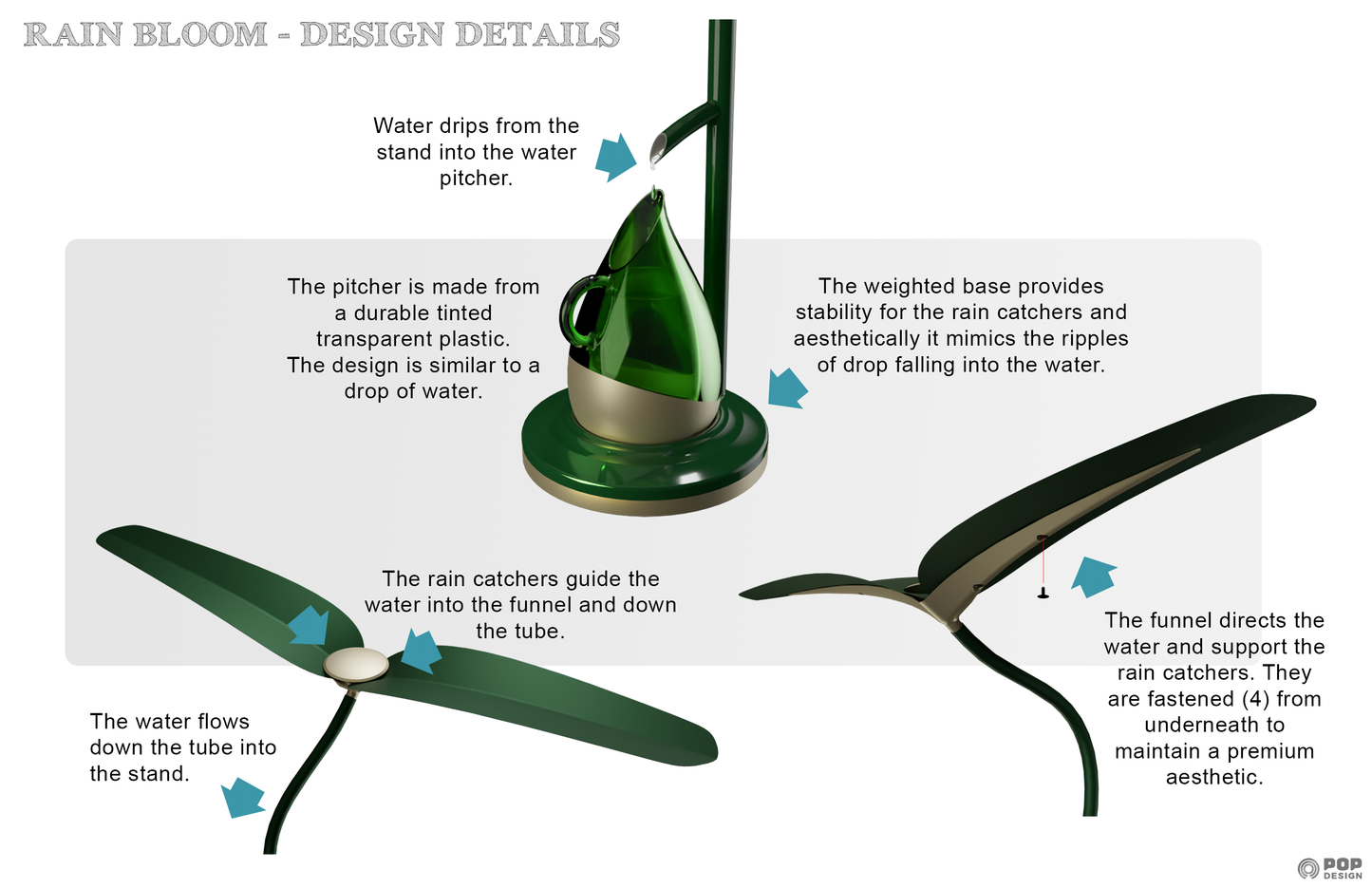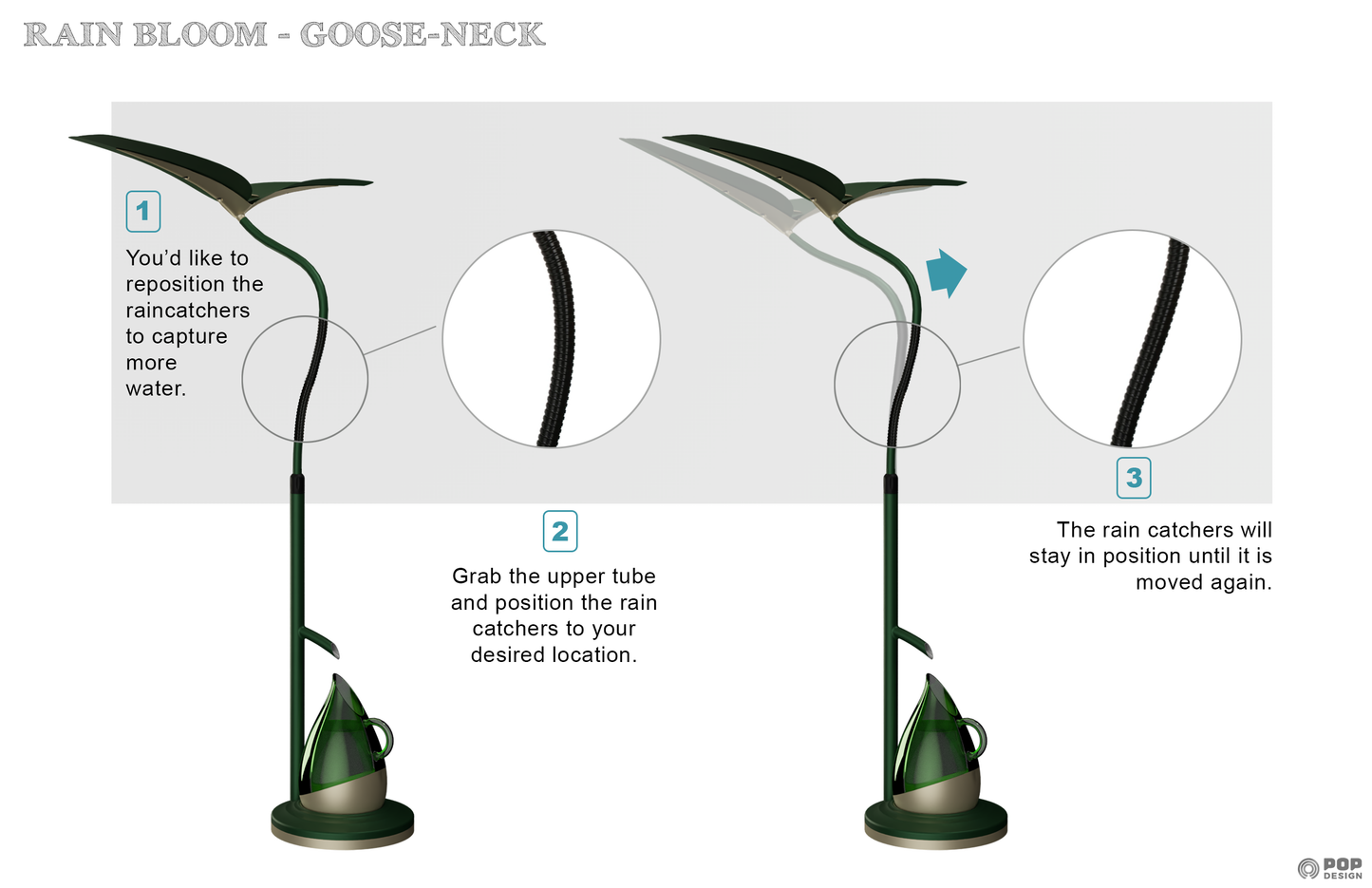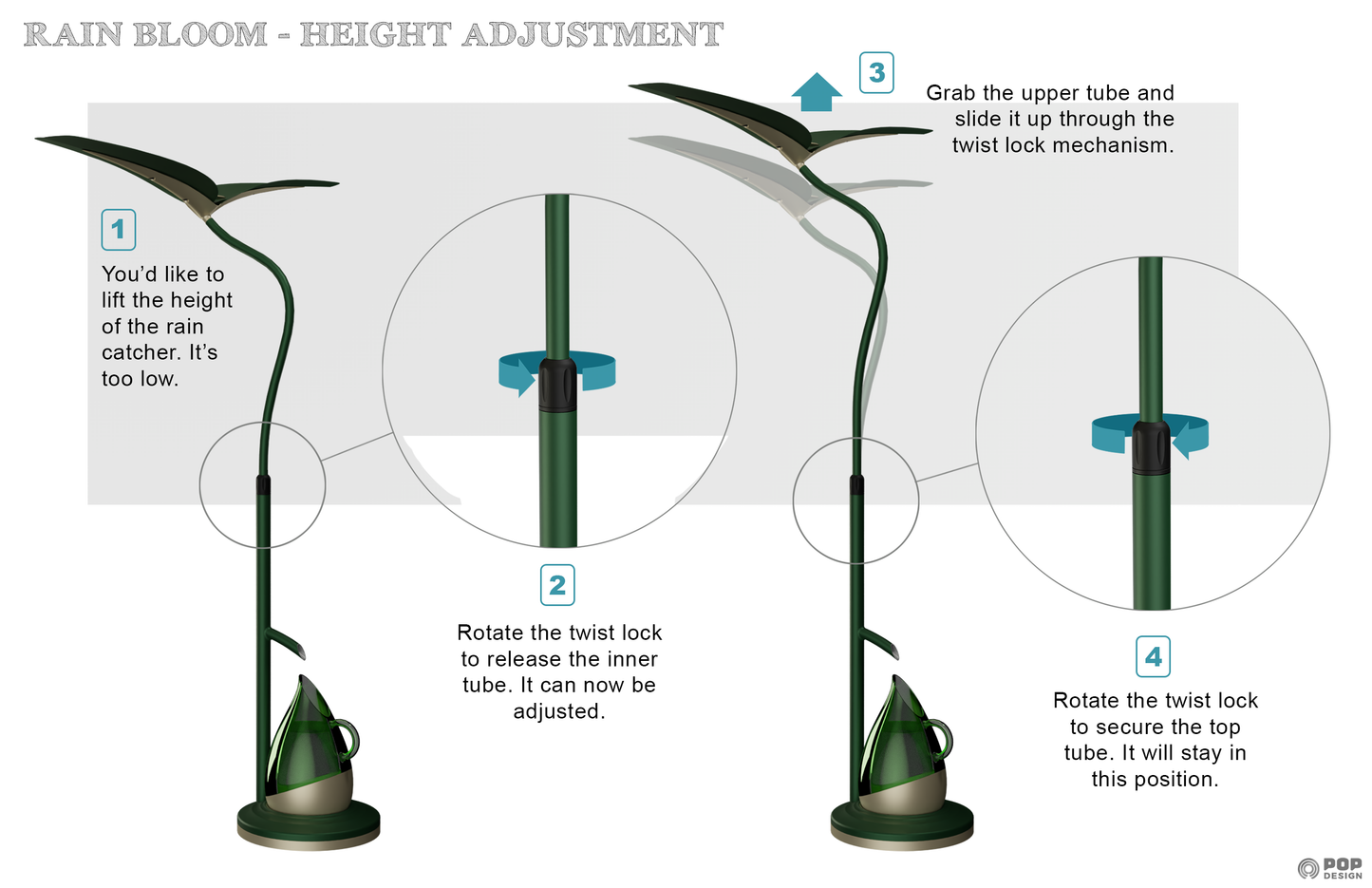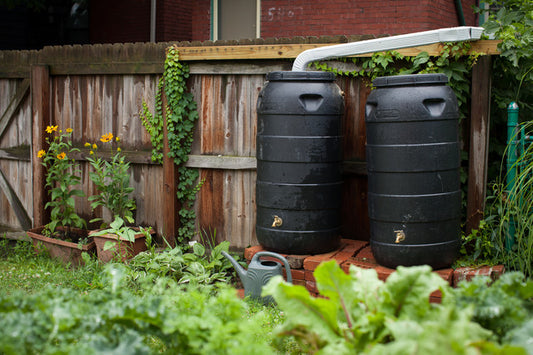Rainwater harvesting is a sustainable practice that offers numerous benefits for homeowners, including water conservation, cost savings, and environmental stewardship. However, choosing the right rainwater collector for your home can be a daunting task with various options available in the market. In this blog post, we'll provide guidance on selecting the perfect rainwater collector to meet your specific needs and preferences.
Types of Rainwater Collectors:
1. Rain Barrels: Rain barrels are one of the most popular and affordable options for homeowners looking to harvest rainwater. These simple, barrel-shaped containers are typically placed under downspouts to collect rainwater from rooftops. Rain barrels come in various sizes and materials, including plastic, metal, and wood, allowing homeowners to choose the option that best fits their aesthetic preferences and water storage needs.
2. Cisterns: Cisterns are larger-scale rainwater harvesting systems that can hold significant volumes of water for household use. These underground or aboveground tanks are ideal for homeowners with larger properties or higher water demands. Cisterns come in various materials, such as concrete, polyethylene, and fiberglass, and can be customized to accommodate specific storage capacities and space constraints.
3. Gutter Systems: Gutter systems with built-in rainwater harvesting features are another popular option for homeowners seeking seamless water collection. These systems integrate rain gutters with downspouts and storage tanks to capture and store rainwater directly from the roof. Gutter systems are often preferred for their efficiency and aesthetic appeal, as they blend seamlessly with existing home exteriors.
Considerations When Choosing a Rainwater Collector:
1. Capacity: Consider the capacity of the rainwater collector relative to your household's water usage and storage needs. Determine how much water you intend to collect and use for various purposes, such as irrigation, outdoor cleaning, or household chores, to select the appropriate size of the collector.
2. Material: Evaluate the material composition of the rainwater collector in terms of durability, longevity, and suitability for your climate. Plastic rain barrels are lightweight and affordable but may degrade over time when exposed to sunlight. Metal and concrete cisterns offer durability but may be more expensive and require professional installation.
3. Installation Requirements: Assess the installation requirements of the rainwater collector, including space availability, plumbing connections, and compatibility with existing infrastructure. Ensure that the collector can be easily installed and integrated into your home without significant modifications or additional costs.
4. Maintenance Needs: Consider the maintenance requirements of the rainwater collector, such as cleaning, debris removal, and winterization. Choose a collector that is easy to maintain and requires minimal upkeep to ensure optimal performance and longevity.
5. Budget: Establish a budget for your rainwater harvesting project and explore options that align with your financial constraints. Compare the costs of different rainwater collectors, including initial purchase price, installation expenses, and long-term maintenance costs, to make an informed decision.
In conclusion, choosing the right rainwater collector for your home is essential for successful rainwater harvesting and sustainable water management. Whether you opt for a simple rain barrel, a sophisticated cistern system, or an integrated gutter solution, selecting the perfect collector requires careful consideration of capacity, material, installation requirements, maintenance needs, and budget. By choosing the right rainwater collector, homeowners can maximize the benefits of rainwater harvesting and contribute to a more sustainable future for their households and communities.










